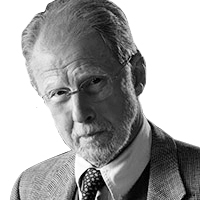Archive
Rex Features / Everett Collection
'Coco Chanel’s Secret Nazi History': New Book by Hal Vaugh Reveals
NAZI NO. 5
The fashion designer Coco Chanel spent WWII collaborating with the Nazis as a new book details, but it doesn’t take away from her fabulous life.





